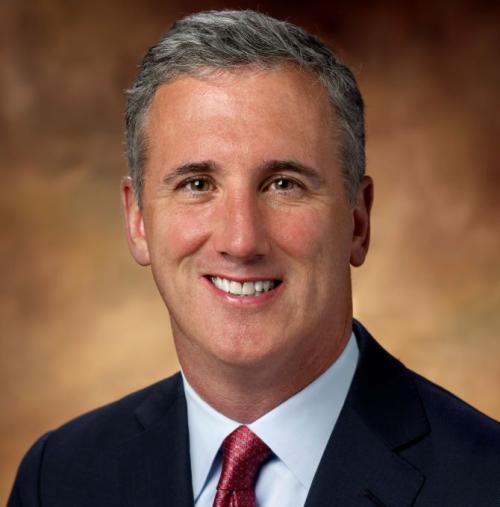Buffett and Munger blame too much transparency about compensation packages, but flawed goal setting may be a key factor
Corporate Secretary is now putting the finishing touches to its December special report about executive compensation, so my head is swimming with unanswered questions about why this is so hard to get right.
In an article on the New York Times’ Dealbook blog on November 10, Andrew Ross Sorkin cites none other than the Oracle of Omaha as blaming increasing public disclosure of executive pay and compensation consultants’ reliance on it in advising their clients – board compensation committees – for the increase in executive pay in recent years. The article closes with an anecdote by Warren Buffett and his business partner Charlie Munger about how knowledge of what others earned at Salomon Brothers made everyone there – highly paid though they were – miserable. Their conclusion is that greater transparency about compensation at the highest corporate levels has engendered envy, which in turn has sparked a kind of compensation arms race.
That anecdote, neat as it sounds, does not account for companies’ tortured attempts to find the right pay-for-performance measures on which to base the growing incentive portion of executive pay packages. When I interviewed Jack Zwingli, CEO of Incentive Lab (recently acquired by ISS) for our December report, he cited an article this past summer in Agenda about goal-setting as the central concern in executive compensation. Zwingli says he finds most companies set financial performance goals that are simply too high or too low. So I asked him what the major hurdle is to setting more accurate goals.
‘The way in which companies have set goals historically and today has been fairly simplistic,’ he said. ‘They’ll usually take the [three-year earnings forecast] number they’ve set in their budget and say, We expect our earnings growth to be 5 percent a year over the next three years. And then they’ll set the threshold and maximum [bonus] at some plus or minus without any sense of whether plus or minus 5 percent is hard or easy or what the probability is of achieving those goals.’
The main problem, as he sees it, is that companies have not had the proper analytic tools to help them set better goals. As a result, they tend to rely on fairly simple approaches to setting minimally acceptable and maximum goals.
For more insights from Zwingli and other experts on executive pay, check out our December Special Report when it comes out.








